Published Jan 9, 2023
Dr. Phlox’s Eccentric Elixirs
'Let’s look back on the unconventional cures that Phlox concocted...'

StarTrek.com / Rob DeHart
Starfleet doctors are known for developing groundbreaking medical treatments to save the lives of their crew members and other patients, but Dr. Phlox stood out from the crowd by employing a menagerie of mysterious creatures to heal his friends.
Phlox’s unique approach resulted from several factors, namely the relatively less advanced nature of Star Trek: Enterprise's 22nd Century setting, the Earth officers’ unfamiliarity with Denobulan medicine, and the doctor’s own eccentric personality. Let’s look back on the unconventional cures that Phlox concocted from his reserve of galactic wildlife.
Tribbles
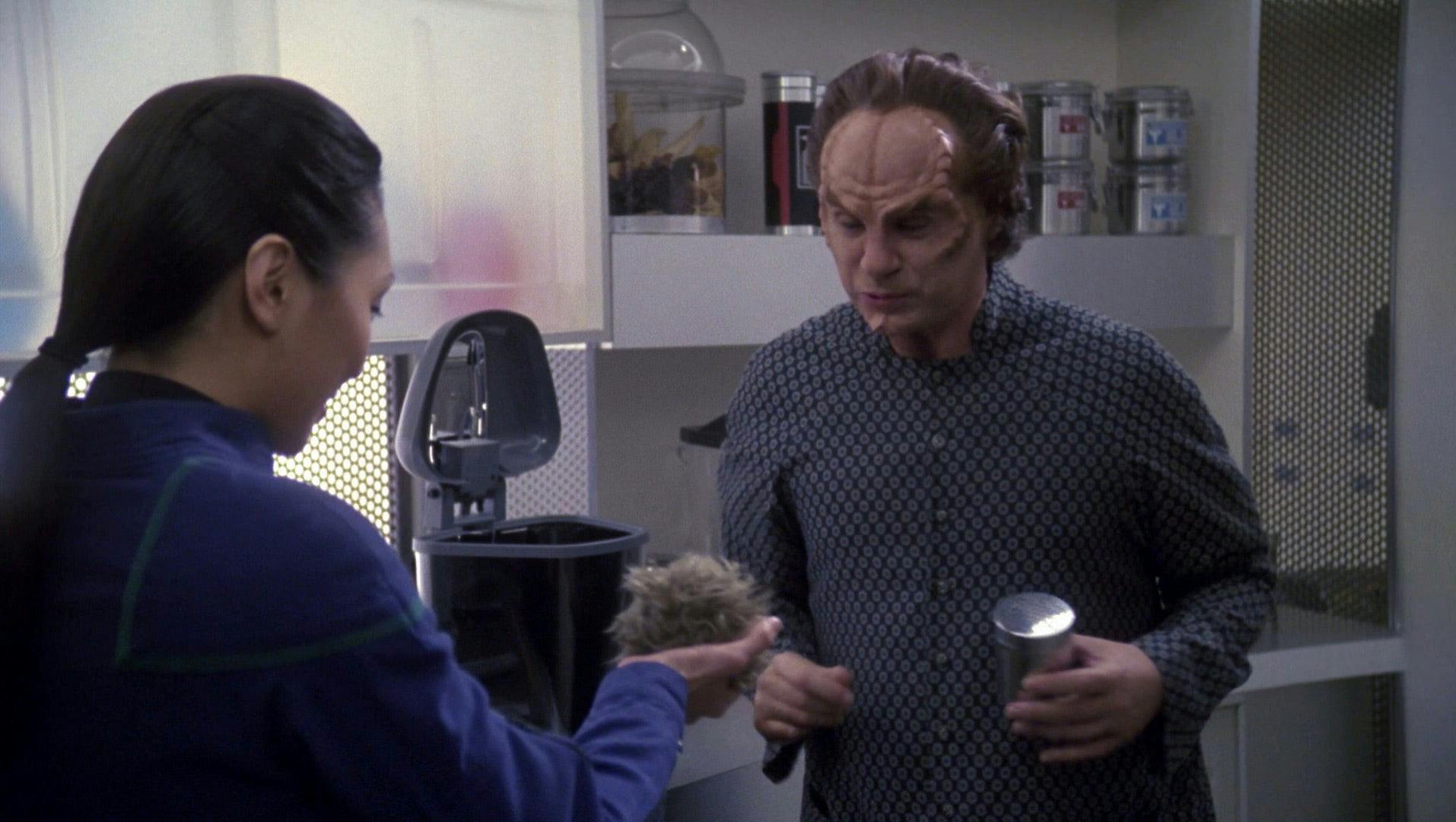
StarTrek.com
When you heard the word “Tribble,” you might have assumed this entry would be a fun one, but I assure you that the Tribbles in our favorite Denobulan’s arsenal would not consider their role entertaining by any means. During a stop in Sickbay, Hoshi Sato encountered Phlox at his creatures’ feeding time. The doctor introduced the comms officer to one of his Tribbles and then promptly fed it to an unseen animal in one of his cages. Phlox noted that the reptile population on the Tribble homeworld kept the cuddly species in check, though that did not seem to comfort Sato.
Immunocytic Gel Worms and an Altarian Marsupial
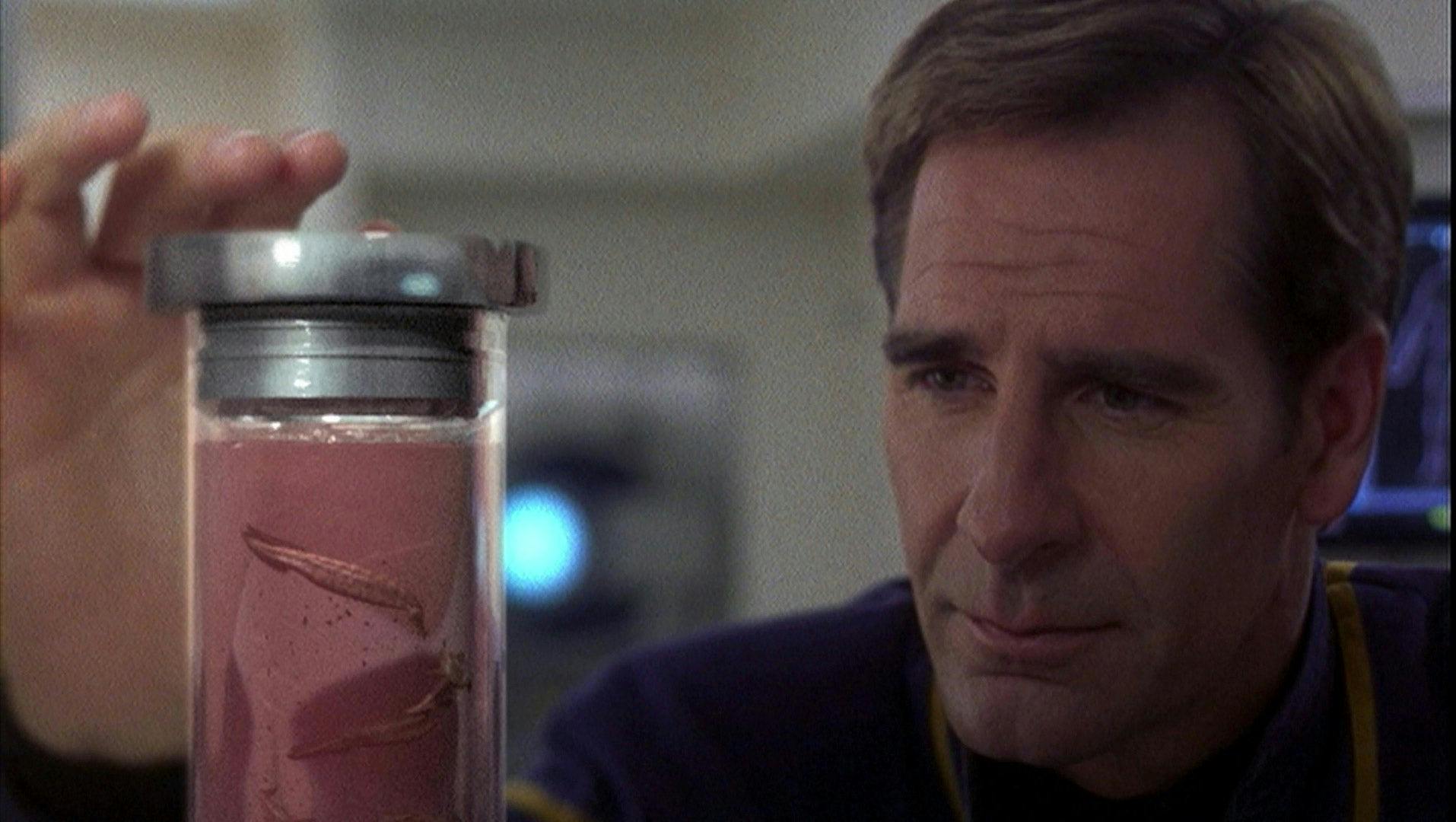
StarTrek.com
On the NX-01’s maiden voyage, Archer visited Phlox as the doctor settled into Sickbay. We never learned their purpose, but the immunocytic gel worms caught the captain’s eye as he perused the room. Suspended in some sort of liquid, Phlox warned Archer not to shake them.
Conversely, the Denobulan mentioned that the Altarian marsupial’s droppings contained a significant amount of regenerative enzymes, but we never saw the creature. This served as Archer’s introduction to Phlox’s menagerie, so the doctor attempted to ease the captain’s mind by suggesting that he embrace new ideas.
Loque'eque Mutagenic Virus
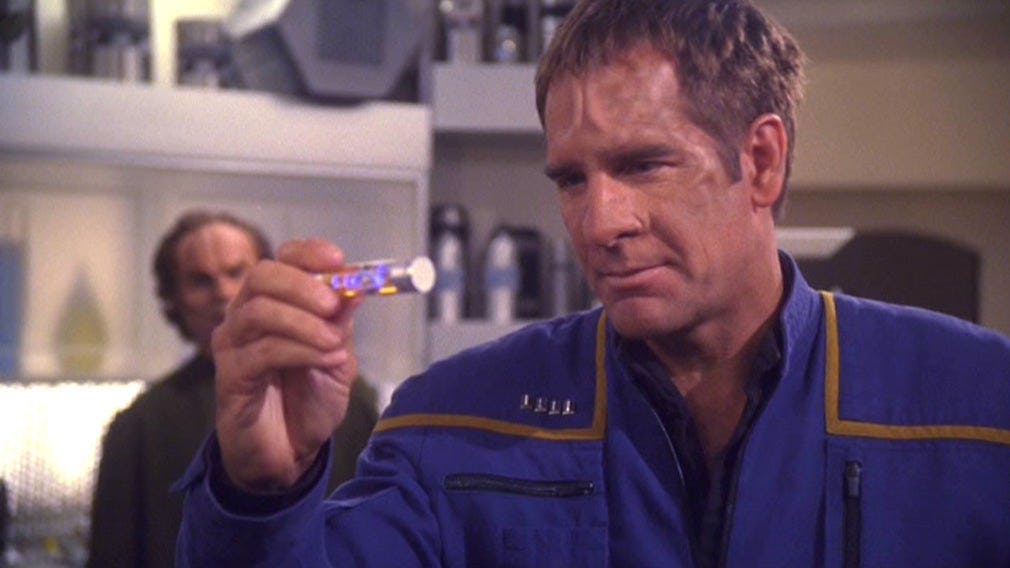
StarTrek.com
Designed to infect other humanoid species, rewrite their DNA, and turn them into Loque’eque so that their population would not go extinct, this virus represents an interesting entry on our list, as we witnessed Phlox’s first contact with the pathogen.
The virus nearly achieved its goal of permanently turning several Enterprise officers into Loque’que, but the doctor worked his medicinal magic and synthesized a viable antivirus that reversed the effects. When the time came to destroy the last sample of the mutagenic virus, Archer surprised Phlox when he ordered him to store it in Sickbay. Rather than intending for it to be used in any therapeutic procedures, the captain wished to preserve what remained of the Loque’eque species.
Moth Larvae
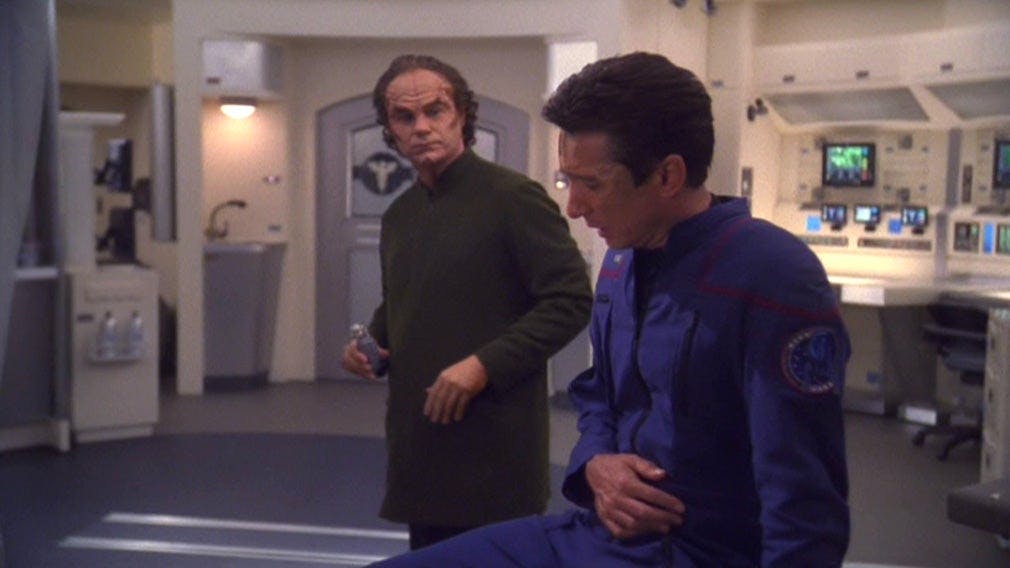
StarTrek.com
Following the mission to the Loque’eque homeworld, Malcolm Reed experienced difficulty adapting to traditional human cuisine after the doctor rescued him from his transformation into a Loque’eque. The doctor explained that Reed’s digestive tract had not been fully restored to its previous state.
Kept aboard as a source of nutrition for Phlox’s Pyrithian bat, the moth larvae would have been more palatable for Reed in his current state. The Denobulan offered to share the larvae with the tactical officer, but we never viewed Reed actually eating any of them. This showcased the true extent of the remedial capabilities of Phlox’s flock, as they even had the key to curing a hungry stomach.
Pyrithian Bat
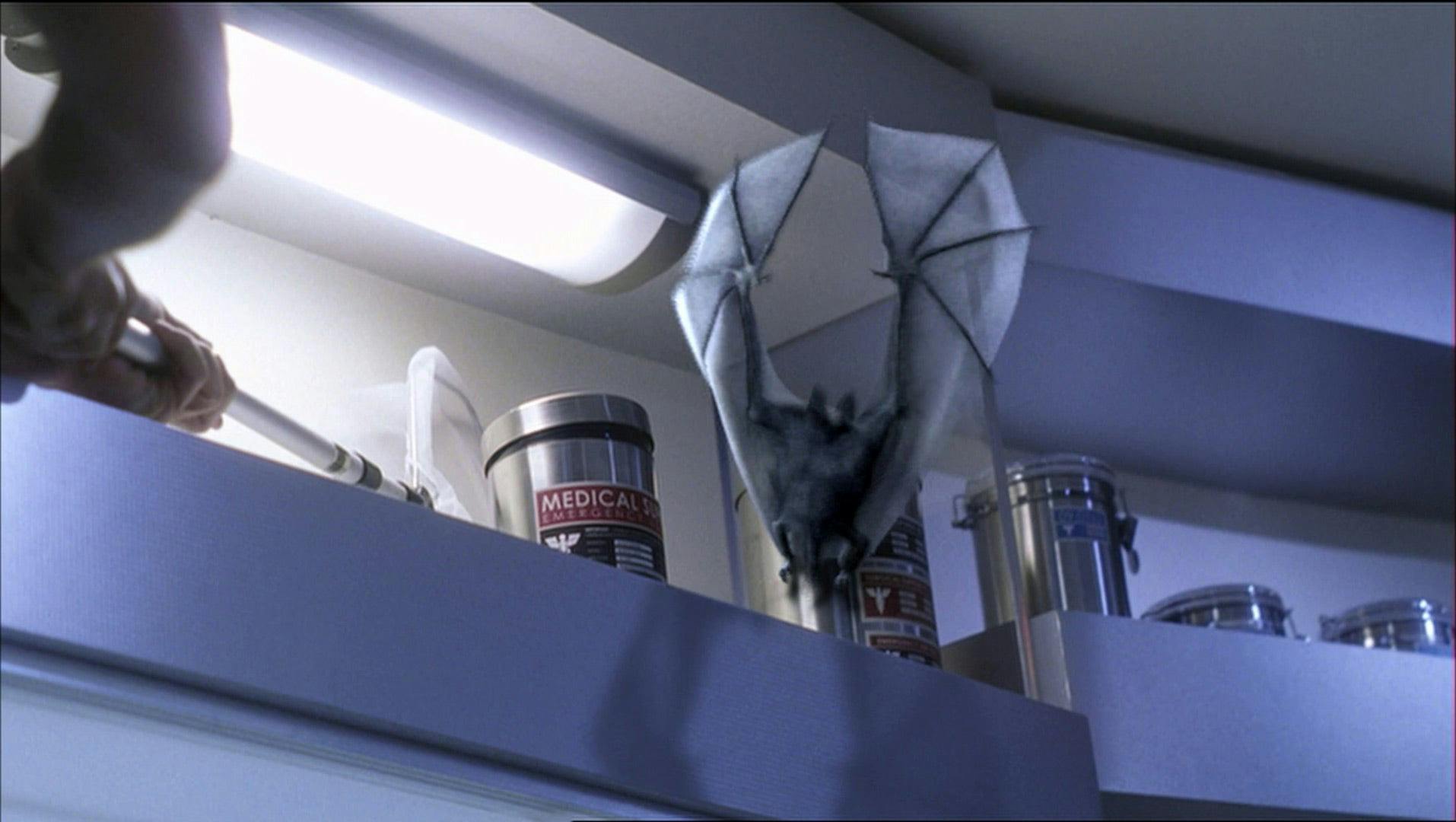
StarTrek.com
The beneficiary of Phlox’s stock of moth larvae, the Pyrithian bat is most well-known to fans as the animal that got out of its cage the night that Archer kept an ill Porthos company by sleeping in Sickbay.
The Denobulan also used the bat to distract a Triannon guard when Enterprise NX-01 was boarded by religious zealots in the Delphic Expanse. While dictating a letter to Dr. Lucas, Phlox noted the intimate bonds that humans forged with their pets, before admitting that he did enjoy speaking to his Pyrithian bat. When the crew needed to hunker down in a nacelle catwalk, Phlox offered an emotional plea to the captain to acquire more space for his creatures, including his Edosian slug. The connection the doctor felt toward his Pyrithian bat and its exotic compatriots clearly impacted Phlox’s mental health in a positive fashion, divulging yet another unexpected benefit of their presence on Enterprise.
Danaxian Tapeworm
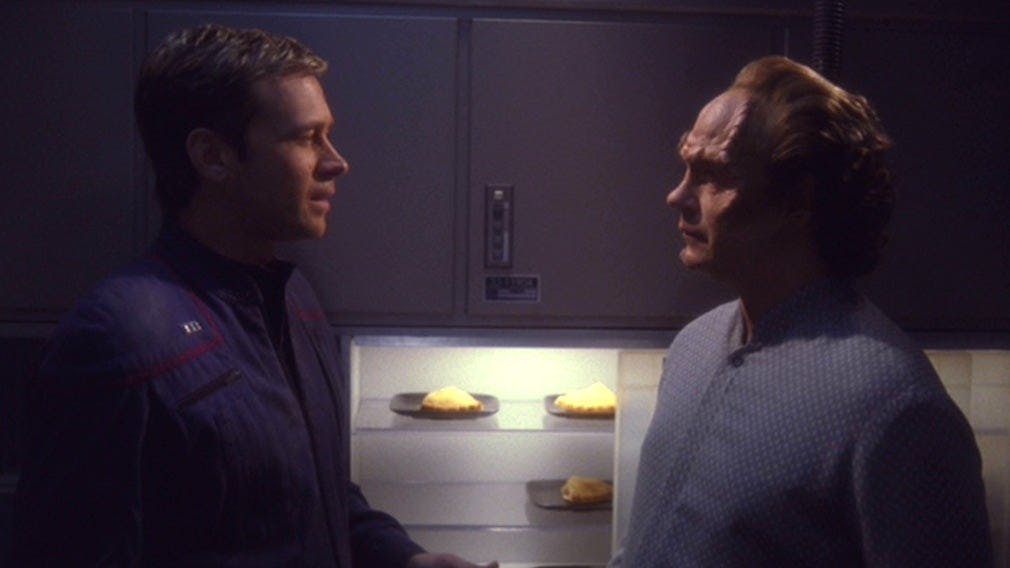
StarTrek.com
Phlox’s physical health benefitted from his animal sanctuary, as well. The doctor trimmed his figure by allowing a Danaxian tapeworm to attach itself to his lower intestinal tract, where it absorbed nutrients ingested by Phlox. Fortunately, Trip Tucker interrupted the Denobulan before he could explain precisely how he would extract the tapeworm.
Regulan Bloodworms
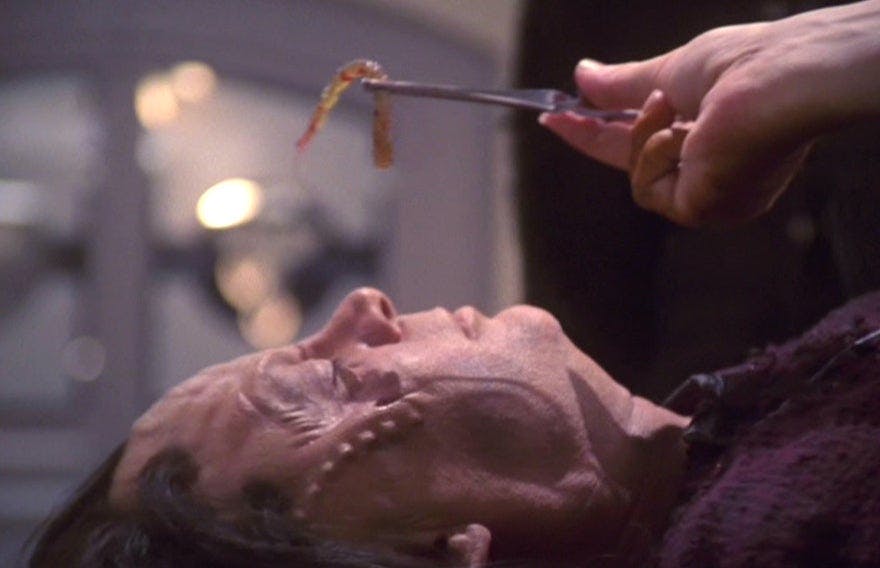
StarTrek.com
According to Phlox, the infamous Regulan bloodworms were used to thoroughly cleanse lymphatic systems. After being wounded on the Romulan minefield mission, Reed underwent therapy that involved bloodworms being inserted into his wounded leg. The tactical officer expressed displeasure over the treatment, as one of the worms had gone missing somewhere in his body.
In a separate incident, Phlox theorized that the Regulan creatures could successfully filter out a toxin that had entered Travis’s system on a Risan excursion. Archer and the doctor also deployed them in a ruse to convince the Xindi council member Degra that his memory loss was a result of an interrogation technique involving the bloodworms. As you can tell, Regulan bloodworms were a flexible asset for Phlox’s Sickbay.
Borg Nanoprobes

StarTrek.com
Okay, this one is a bit of a cheat. The good doctor did not keep a supply of dangerous nanoprobes aboard Enterprise, but he was infected with them in “Regeneration.” With help from his Denobulan immune system, Phlox fought off the nanoprobes long enough to discover that exposing them to an excessive dose of omicron radiation would disable the devices. The fact that Phlox successfully resisted the Borg Collective makes this incident worthy of our list.
Osmotic Eel

StarTrek.com
Applied to cauterize wounds, the osmotic eel played a crucial part in Enterprise’s first mission when it healed the captain’s leg after he was wounded by the Suliban on Rigel X.
Nearly three years later, the eel helped purge Xindi parasites from Hoshi Sato’s system following her rescue from Xindi-Reptilian forces. While harmless, Phlox did acknowledge that the eel would ingest a little blood as it treated an injured artery.
Calrissian Chameleon

StarTrek.com
When a Kreetassan pathogen affected Porthos’s immune system and Phlox’s treatment damaged the dog’s pituitary gland, the clever physician decided that the Calrissian chameleon would be a viable donor whose pituitary gland could be made compatible with canine physiology. Placing a reptile’s organ in his dog shocked Archer, whereas Phlox lamented that sacrificing the chameleon meant losing a source of a rare toxin that was used to treat respiratory infections. The Denobulan’s surgical operation worked perfectly, though he did need to temporarily drown Porthos to complete it.
Lyssarian Desert Larvae
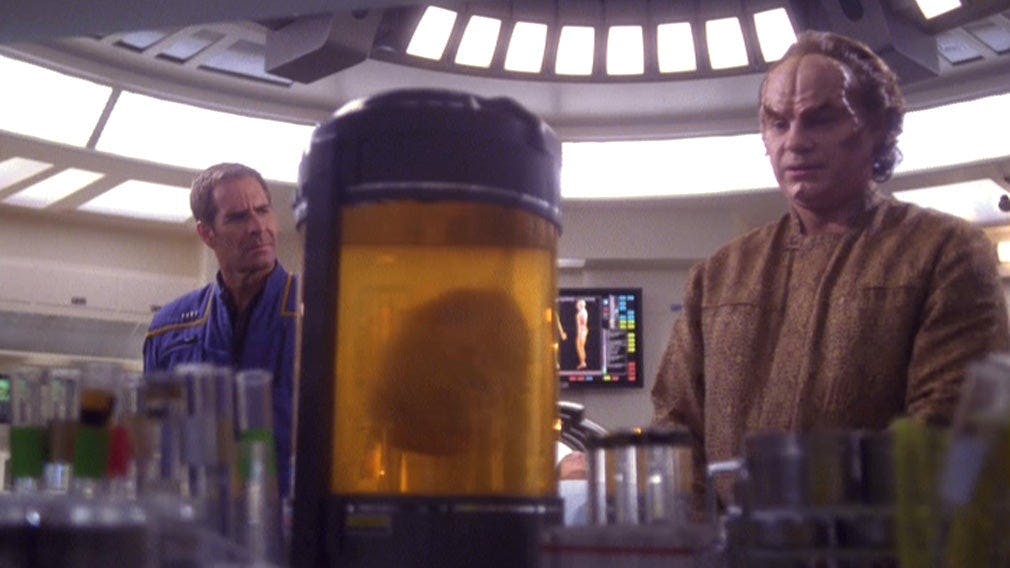
StarTrek.com
Although the epidermal layers of Lyssarian Desert Larvae secreted a viral suppressant that served as a salve for cuts and bruises, the creature had an ethically debatable trait, as well. In one of his most controversial acts as Enterprise’s chief medical officer, Phlox implanted DNA from a comatose Trip Tucker into the larvae to create a rapidly aging clone of the engineer. The idea was to permit the mimetic simbiot (appropriately named "Sim") to develop, safely harvest neural tissue from a non-critical area of his brain, make use of the tissue to rescue Trip, and grant the clone the ability to live out its expedited lifecycle.
Tensions arose when Phlox discovered that removing the neural tissue would kill Sim, which was soon followed by the revelation that some Lyssarian research indicated an experimental enzyme might let Sim live out a full life. Sim ultimately chose to undergo the procedure to save Trip, but Phlox and Archer’s actions remain controversial among Star Trek fans to this day.
This article was originally published on May 28, 2021.
Jay Stobie (he/him) is a freelance writer and consultant who has contributed articles to StarTrek.com, Star Trek Explorer, and Star Trek Magazine, as well as to Star Wars Insider and StarWars.com. Jay can be found on Twitter and Instagram at @StobiesGalaxy.
Stay tuned to StarTrek.com for more details! And be sure to follow @StarTrek on Facebook, Twitter, and Instagram.
